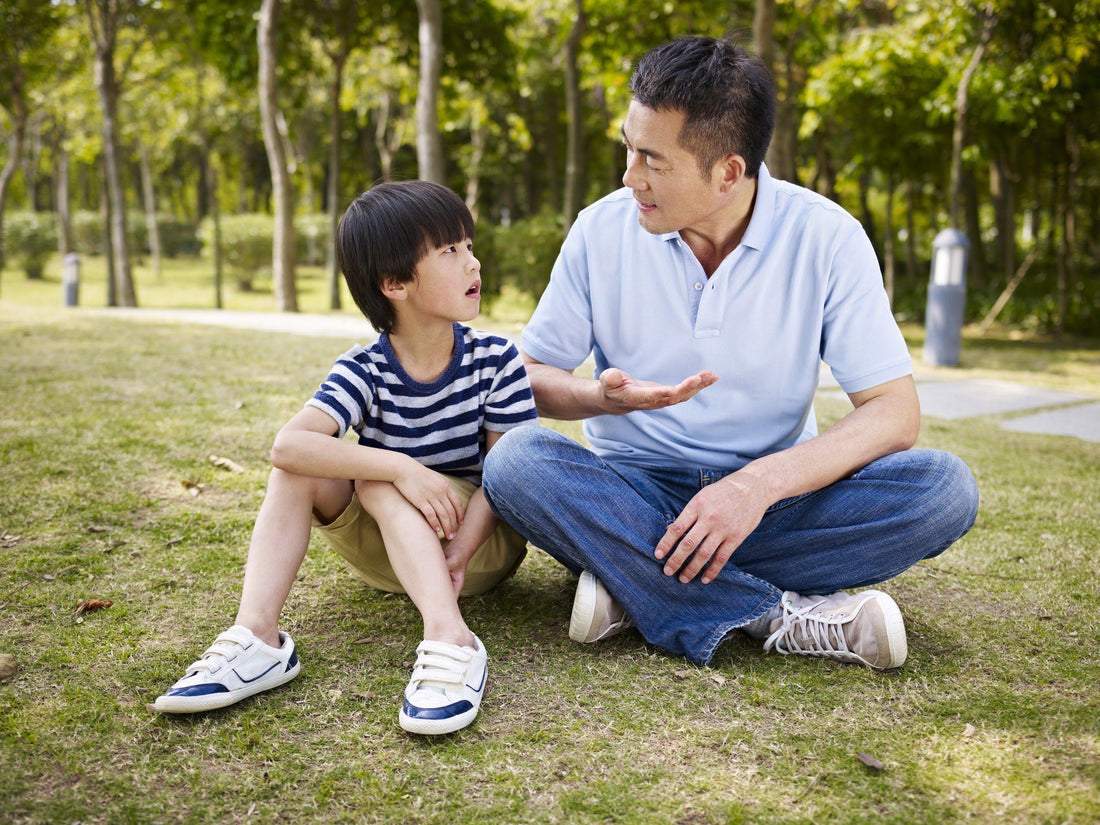Does the old saying “it went in one ear and out the other” apply to your child’s ability to hear and remember the gist of a conversation? Does your child seem to zone out when you’re giving instructions for a task or when a friend is telling a story? It’s important for kids to be good listeners. After all, that’s how they will learn new information, acquire new skills, make new friends, learn to “get” a joke and become empathetic toward other people. But the skill of listening may prove difficult for children who are living with anxiety or attention-deficit issues.
Just how can we help our kids learn to use active listening to ensure they are actually absorbing the content they hear? Let’s explore the benefits of active listening, a form of mindfulness, and check out some easy exercises to use at home for improved listening skills.
Why Active Listening Is Vital
Conversation is the basis of most human interaction, and interaction with others is, of course, an important aspect of human life. Not only do we learn from others, but we gain a sense of well-being and happiness from those daily interactions. In addition to playing, working and talking ourselves, we spend about 45 percent of our waking hours listening to others. Unfortunately, many people—both adults and children—absorb little of what is said to them. Often we remember only 25 to 50 percent of what we heard!
The reason is distractions, including as screen time, that vie for our attention. We all know from experience that our mind wanders during a conversation. Even when we think we’re listening, we may be formulating a response or preplanning what the other person will say before they’ve finished. These mental gymnastics seriously affect our ability to really hear and absorb what was said. When these factors combine in a child who is already struggling with attention challenges, it’s no wonder the child has a hard time listening.
Learn to Hear More
Even if we’re terrible listeners, it is possible to help your child improve this skill. Experts have developed techniques for active listening, which help train the mind to attend to another person’s conversation and absorb what they’re saying. Here are the basic components of active listening:
● While the other person is speaking, don’t think of a response or your own opinion.
● Look at the other person’s face and pay attention to their words.
● Show a reaction. Nod, smile and use short words of agreement to show you are following along.
● When the speaker is finished, summarize and repeat the important information you heard.
● Ask a question. Doing so demonstrates that you heard what was said. Also, the answer you get will lead to a deeper understanding of the message.
When to Practice
Now that you know the basic steps, set aside times during your day to help your child apply these simple techniques. Like any other skill, active listening is only improved through regular practice:
● Make a game out of following directions. Give a silly direction, such as “Climb on top of the table,” “Touch the top step of the staircase” or “Open and close the door three times.” Include a small reward for perfect execution. As your child’s listening improves, increase the complexity of the directions.
● Engage in a conversation about topics your child is interested in. Mealtimes can be great for these informal conversations. Begin by showing active listening yourself as your child talks. Listen, show a reaction, paraphrase their words and ask questions. Then turn it around: You do the talking and encourage your child to watch your face, nod and repeat what they heard you say.
● Read to your child. Encourage them to guess what will happen next. Then after each page (for younger children) or at the end of a chapter (for older children), ask a few questions about how the prediction turned out. When you’re done reading, ask your child to retell the story and include as many details as they can remember.
After consistently using these techniques for a few weeks, pause to assess. Is your child listening to a little better?


 Improve focus and clarity.
Improve focus and clarity.

